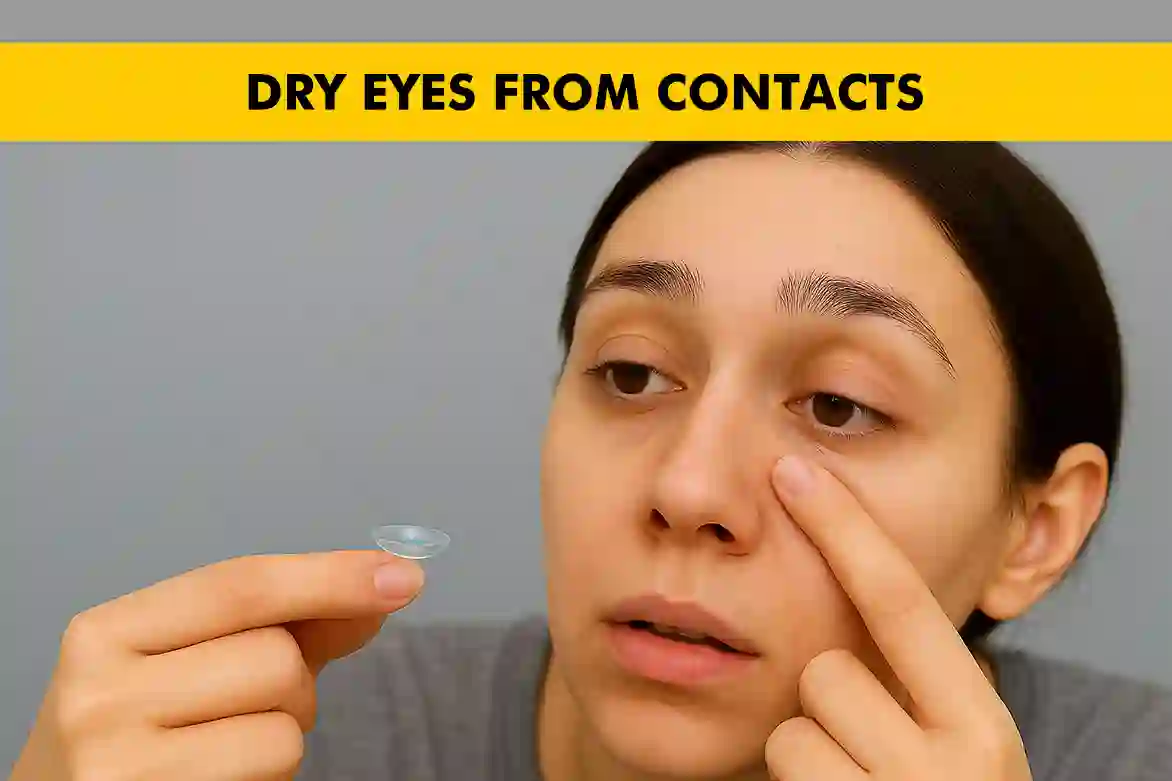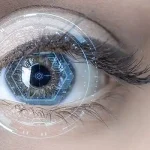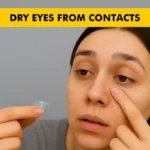Introduction
Contact lenses offer a convenient and often preferred alternative to traditional glasses, providing wearers with clear and unobstructed vision without the hindrance of frames that can sometimes be cumbersome or interfere with daily activities. They allow for a more natural field of view and are particularly beneficial for those who engage in sports or other physical activities where glasses might be impractical. However, despite these advantages, contact lenses can sometimes lead to discomfort, with dry eyes being one of the most common issues faced by wearers. This discomfort can range from mild irritation to more severe symptoms that can affect daily life.
This blog delves into the various causes and effective treatments for dry eyes associated with contact lens wear, offering valuable insights and practical advice to help you maintain optimal eye health and comfort. By understanding the underlying factors and implementing the right strategies, you can enjoy the benefits of contact lenses while minimizing any adverse effects.
Understanding Dry Eyes: What Happens When You Wear Contacts
Dry eyes occur when your eyes do not produce a sufficient quantity of tears or when the tears evaporate too quickly, leading to inadequate lubrication on the surface of the eye. This condition can result in discomfort, irritation, and even blurred vision. Contact lenses, while providing the benefit of clear vision, can sometimes interfere with the natural tear film that coats the eye, exacerbating the sensation of dryness. The lenses can act as a barrier, preventing the even distribution of tears across the eye’s surface, or they may absorb moisture from the tear film, further contributing to dryness. Understanding this complex interaction between contact lenses and the tear film is crucial for effectively managing and preventing the symptoms of dry eyes disease. By gaining insight into how contact lenses can impact tear production and evaporation, wearers can take proactive steps to mitigate these effects, ensuring both comfort and eye health are maintained.
Common Causes of Dry Eyes from Contacts
- Extended Wear of Lenses: Wearing contact lenses for extended periods can significantly reduce the amount of oxygen that reaches the cornea, the clear front surface of the eye. This lack of oxygen can lead to a condition known as hypoxia, which can cause the eyes to become dry, irritated, and uncomfortable. Over time, this can also increase the risk of developing more serious eye health issues.
- Environmental Conditions: Various environmental factors, such as low humidity levels, strong winds, or prolonged exposure to air conditioning and heating systems, can cause the moisture on the eye’s surface to evaporate more quickly than usual. This rapid evaporation of tears can lead to dry eyes, as the natural tear film is unable to maintain adequate lubrication and protection for the eyes.
- Type of Contact Lenses: Certain types of contact lenses, especially those not specifically designed to retain moisture, can draw tears away from the eye’s surface. This absorption of moisture by the lenses can intensify the sensation of dryness, as the eyes are left with insufficient lubrication to remain comfortable and healthy.
- Underlying Health Issues: Various health conditions can contribute to dry eyes. For instance, allergies can trigger inflammation in the eyes, which can interfere with normal tear production. Additionally, hormonal changes, such as those experienced during pregnancy or menopause, can alter the composition of tears, reducing their effectiveness in keeping the eyes moist and comfortable. Both of these factors can lead to an increased likelihood of experiencing dry eyes.
Symptoms to Watch For: Recognizing Dry Eye Issues Early
Initial signs of dry eyes can manifest in several noticeable ways:
- Persistent redness of the eyes
- Burning sensation or feeling of irritation
- Gritty feeling, as if a foreign particle is lodged in the eye
- Blurred vision, making it difficult to focus clearly on objects
Recognizing these symptoms early is crucial:
- Addressing them promptly can help prevent more serious complications
- Potential complications include chronic inflammation, damage to the eye surface, or vision impairment
Early intervention can lead to:
- More effective management of dry eyes
- Ensuring eyes remain healthy
- Maintaining clear and comfortable vision
Effective Treatments: How to Alleviate Dry Eyes
There are several effective treatments for dry eyes disease, each addressing different aspects of the condition. One of the most common solutions is the use of lubricating eye drops, which help to replenish moisture on the eye’s surface and provide immediate relief from dryness and irritation. It’s important to choose drops that are preservative-free to avoid further irritation. Taking regular breaks from wearing contact lenses can also be beneficial, allowing your eyes to rest and recover from the strain of lens wear. Ensuring proper hydration by drinking plenty of water throughout the day supports overall eye health and helps maintain a healthy tear film. In some cases, switching to a different type of contact lens, such as those specifically designed for dry eyes, can make a significant difference. These lenses often have higher moisture content or advanced materials that retain moisture better. Additionally, prescription treatments, such as medicated eye drops or ointments, may be necessary for more severe cases, as they can address underlying inflammation or other contributing factors. Consulting with an eye care professional can help determine the most appropriate treatment plan tailored to your specific needs.
Preventative Measures: Tips for Contact Lens Wearers
Adhere to a meticulous lens care regimen:
- Clean and disinfect lenses daily with a high-quality solution.
- Prevent buildup of deposits that can irritate eyes.
Opt for high-quality lenses:
- Choose lenses designed with advanced materials.
- Ensure they retain moisture and allow better oxygen permeability.
Maintain an environment with adequate humidity:
- Use a humidifier at home or office.
- Counteract drying effects of air conditioning or heating systems.
Take regular breaks from screen time:
- Follow the 20-20-20 rule: every 20 minutes, look at something 20 feet away for at least 20 seconds.
Stay well-hydrated:
- Drink plenty of water throughout the day.
- Support tear production and overall eye health.
Incorporate omega-3 fatty acids into your diet:
- Found in foods like fish and flaxseeds.
- Help improve tear quality.
Wear sunglasses outdoors:
- Protect eyes from wind and sun.
- Prevent tear evaporation.
Conclusion
While contact lenses offer many benefits, they can also lead to dry eyes if not managed properly. By understanding the causes and implementing effective treatments and preventative measures, you can enjoy clear vision without discomfort. It’s essential to stay informed about the latest advancements in contact lens technology and eye care practices to ensure optimal eye health. Regular consultations with an eye care professional can provide personalized advice and adjustments to your lens-wearing routine. With the right approach, you can maximize the advantages of contact lenses while minimizing any potential drawbacks.
FAQs
Wearing contact lenses can potentially worsen dry eye disease if not managed properly.
The best eye drops for dry eyes from contacts are typically those that are preservative-free.
If you have persistent dry eyes, it’s advisable to consult an eye care professional to determine if you should stop wearing contacts.
Soft contact lenses, particularly those designed for dry eyes, are often recommended.
Preventing dry eyes involves following a strict lens care regimen, staying hydrated, and taking breaks from screen time.
Daily disposable lenses are generally better for dry eyes as they reduce the risk of build-up and irritation.
Lastly, excessive screen time can indeed worsen dry eye symptoms; taking regular breaks can help mitigate this.





